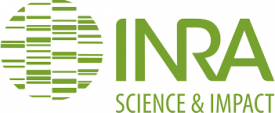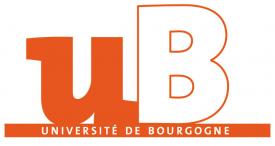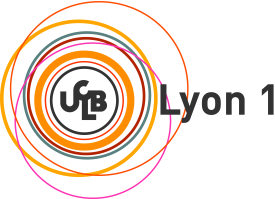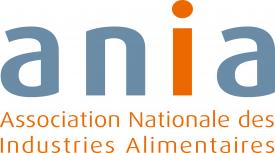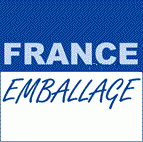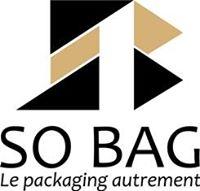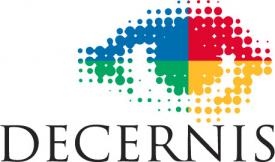Projet ANR-10-ALIA-009
Coordinator: INRA/UMR 1145 GENIAL
Period: January 1er, 2011 - December 31, 2014
Partners: INRA\Génial, Iate ; LNE ; Université de Bourgogne\EMMA ; Université Lyon 1\Biodymia ; CASIMIR which became 3S'inPACK (2015) and IPC (2017) ; SCL33 ; ANIA ; France Emballage ; Jeune chambre Economique de la Plasturgie ; Decernis ; Storsack replaced by Sobag France
Context: Preventive approaches to the risk of food contamination by packaging materials
Food packaging in Europe is governed by rules that have yet to be harmonized, and which vary according to the materials used (plastics, adhesives, printing inks, paper and cardboard, varnishes, etc.). They also follow, very indirectly, the industrial practices of the food-packaging sector and changes in usage (increase in the number of components, materials and surfaces in contact with food, multiple uses, home preparation, etc.). Today, the origins and causes of contamination are only studied after health crises have occurred. Current practices tend to produce a doubly paradoxical situation: i) consumers are losing confidence in the safety of materials that are necessary for proper food preservation and the usage functions desired by the consumer (easy opening/closing, microwaveable); ii) food manufacturers can hardly ensure the safety management of packaging materials or systems, which they do not manufacture themselves. The SFPD project proposes a general framework for identifying and preventing defects in the design of packaging systems and their uses at all stages of their life cycle.
Scientific approach: Numerical modeling and simulation: key tools in prevention
It's not possible to tackle head-on a problem involving approximately 8,000 substances, hundreds of materials, thousands of packaging components and varied industrial practices. The project has drawn on a robust formal framework offered by the modeling of material transfers between packaging components to build a preventive approach to the risk of contamination throughout the supply chain. Mathematical modeling is an approach introduced into European regulations as early as 2002, initially based on the principle of overestimation, then progressively made more complex to take into account realistic or probabilized scenarios. The project contributes to the transition from "low-throughput" modeling, for assessing the risk of contamination of a substance, to very "high-throughput" modeling capable of identifying a critical stage, component or substance from among hundreds or thousands of references or situations. Several innovations have been introduced: use of molecular modeling to estimate the diffusion properties of contaminants based on their chemical structure, introduction of expert systems, integration of supply and manufacturing diagrams into chained simulation tools, training of industry players.
Main results
With the support of the food industry, a realistic picture of the main contaminants from packaging materials on the French market has been established. This was made possible by the development of fast, blind deformation spectroscopic techniques. In addition, the cognitive effort undertaken via three doctoral theses and four post-doctoral internships has greatly enhanced our knowledge of the thermodynamic behavior of contaminants in a wide range of situations. Contamination risks associated with gaseous transport of contaminants and the use of high-temperature heat treatments (cooking, pasteurization, sterilization) have been particularly well characterized. Current regulations take little or no account of these risks. New theories and molecular calculation techniques have been proposed to extend behaviors or predictions to arbitrary contaminants. All the results known before the start of the project and the new ones have been synthesized within a unified approach to failure modes, their effects and their criticality (FMECA) for final food safety. The databases, simulation tools and expert systems have been integrated into an opensource project called FMECAengine. It is currently being transferred to technical centers, volunteer manufacturers and control authorities in Europe and the USA.
Main products
The project has been the framework for three doctoral theses, and has already produced nine international publications (plus two in the final stages of completion and six more in the pipeline), three book chapters, eleven international papers and two industry guides. The program has trained 280 executives from the food and packaging industries, via eleven training courses held throughout France. Two opensource software projects were developed: one on preventive approaches to risks, and another on the rapid deformation of plastic materials. The project has been closely monitored by the European Commission (DG-SANCO), as it offers an elegant alternative for the management of non-regulated materials. At the end of the project, recommendations are to be drawn up by the partners for application within the framework of Regulation 2023/2006/EC on good manufacturing practice.
Useful links
Thesis "Engineering the sanitary safety of food packaging"
Partners
